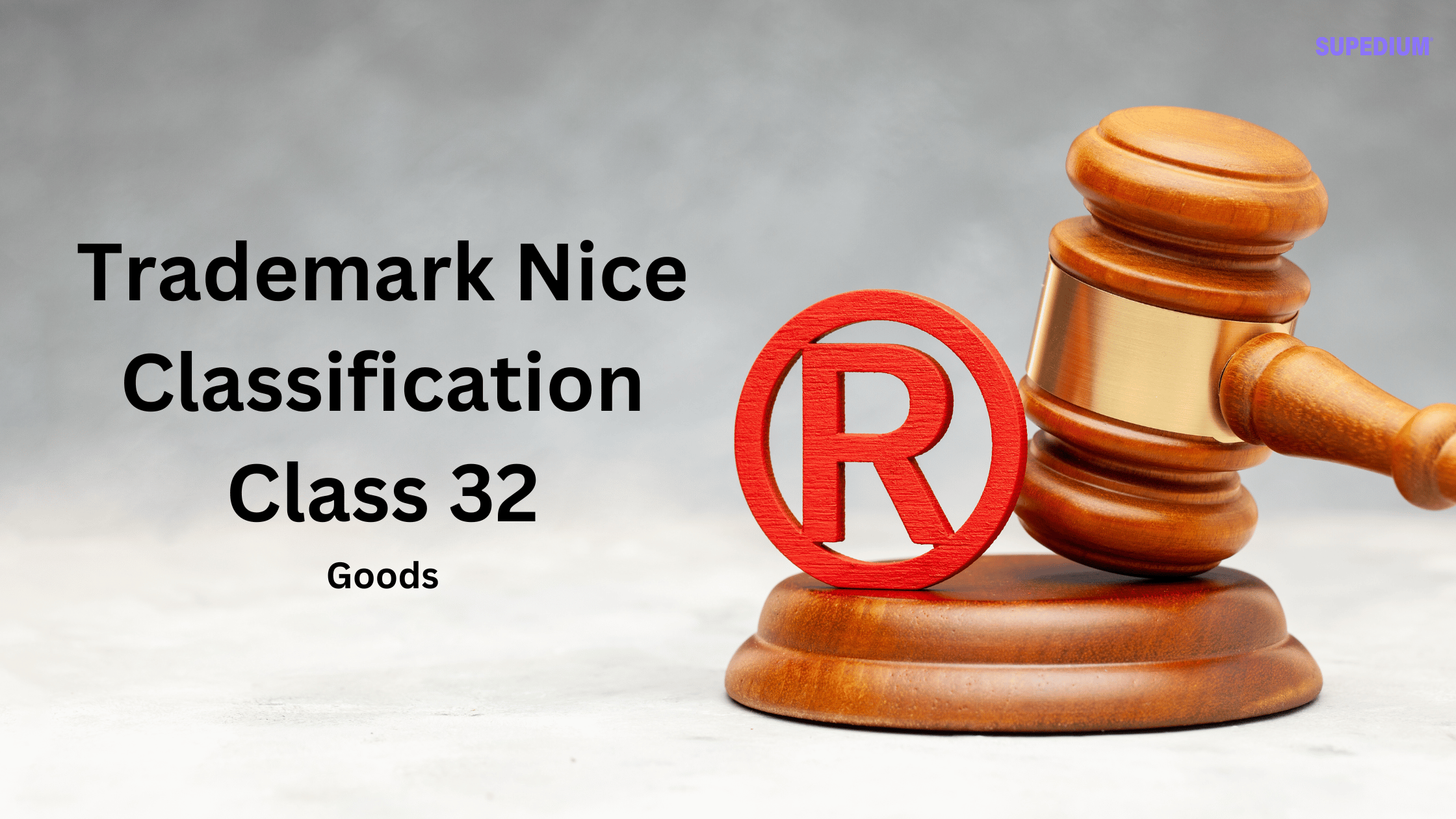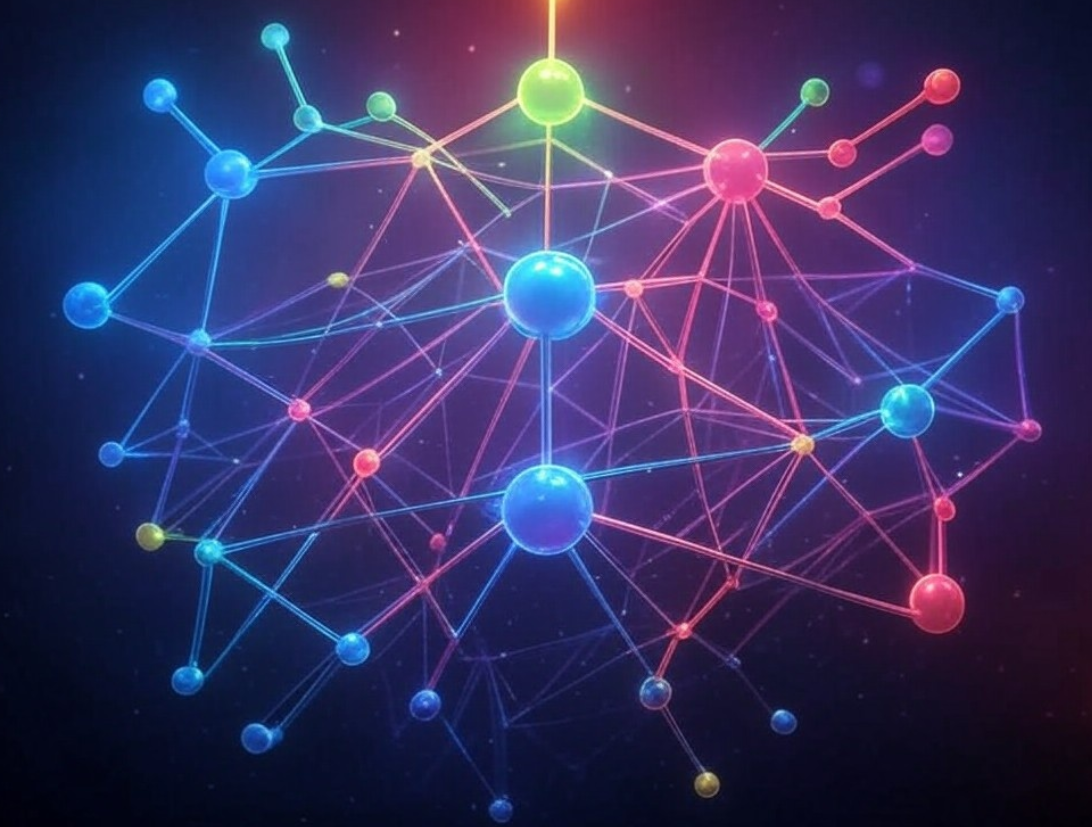Table of Contents
- 1 Introduction to Web3 Development
- 2 Core Concepts in Web3 Development
- 3 Blockchain Platforms
- 4 Development Tools
- 5 Smart Contract Development
- 6 Front-End Frameworks for dApps
- 7 Decentralized Storage Solutions
- 8 Governance and Identity Tools
- 9 Security Tools and Best Practices
- 10 Future Trends and Emerging Tools
- 11 Conclusion
![]()
Introduction to Web3 Development
Definition of Web3
Web3 represents the next evolution of the internet, where decentralization, blockchain technology, and user sovereignty are at the forefront. Unlike Web1 (static websites) and Web2 (dynamic, user-generated content and centralized platforms), Web3 envisions a decentralized web where users control their data and digital identities. The core features of Web3 include blockchain integration, smart contracts, and decentralized applications (dApps).
Importance of Web3 Development
Web3 development empowers users by providing ownership and control over their digital assets and data. It enhances security and privacy, addressing many of the vulnerabilities inherent in traditional, centralized web systems. As Web3 continues to mature, it offers the potential to transform industries by enabling new business models and enhancing user agency.
Core Concepts in Web3 Development
Blockchain Technology
Blockchain is a distributed ledger technology that underpins Web3. It is characterized by its decentralized nature, immutability, and transparency. Blockchains can be categorized into public (e.g., Bitcoin, Ethereum), private, and consortium blockchains. Each type has distinct use cases and benefits.
Smart Contracts
Smart contracts are self-executing contracts with the terms of the agreement directly written into code. They automatically enforce and execute contractual agreements based on predefined conditions. Smart contracts are central to many Web3 applications, enabling trustless transactions and automation without intermediaries.
Decentralized Applications (dApps)
dApps operate on a decentralized network rather than relying on a central server. They interact with blockchain networks via smart contracts to perform various functions, from financial transactions to social interactions. The decentralized nature of dApps enhances security and resilience against censorship.
Blockchain Platforms
Ethereum
Ethereum is the pioneering blockchain platform that introduced the concept of smart contracts. It features the Ethereum Virtual Machine (EVM), which allows developers to write decentralized applications using Solidity, a high-level programming language specifically designed for smart contracts.
Binance Smart Chain (BSC)
Binance Smart Chain is a blockchain platform that runs in parallel with Binance Chain and is compatible with Ethereum. It offers lower transaction fees and faster processing times, making it an attractive option for developers looking to build on a more cost-effective and scalable network.
Polygon (formerly Matic)
Polygon provides Layer 2 scaling solutions for Ethereum, aiming to improve transaction speed and reduce costs. It integrates with Ethereum and supports the development of dApps that benefit from faster and more affordable transactions while retaining Ethereum’s security.
Solana
Solana is a high-performance blockchain known for its scalability and low transaction costs. It uses a unique consensus mechanism called Proof of History (PoH) to achieve high throughput and low latency. Developers use languages such as Rust and C to write smart contracts on Solana.
Other Blockchains
Other notable blockchains include Avalanche, Cardano, and Tezos, each offering unique features and advantages. Avalanche is known for its high throughput and interoperability, Cardano emphasizes academic research and peer-reviewed development, and Tezos focuses on on-chain governance and self-amendment.
Development Tools
Integrated Development Environments (IDEs)
Remix IDE
Remix IDE is a web-based development environment for writing, debugging, and deploying smart contracts on Ethereum. It offers a user-friendly interface and integrated tools for testing and debugging, making it accessible to both beginners and experienced developers.
Visual Studio Code (VS Code)
VS Code is a popular code editor that supports Web3 development through various extensions. With plugins for Solidity and other Web3-related languages, VS Code provides a robust environment for writing and managing smart contract code.
Command-Line Tools
Truffle Suite
Truffle Suite is a comprehensive framework for Ethereum development, comprising Truffle (for smart contract development), Ganache (for creating a personal blockchain), and Drizzle (for building frontend applications). Truffle simplifies the development, testing, and deployment of dApps.
Hardhat
Hardhat is another popular Ethereum development environment that provides a local Ethereum network for testing, a flexible plugin system, and a powerful debugging tool. It is designed to be highly extensible and integrates well with other Web3 tools.
Testing Frameworks
Mocha and Chai
Mocha and Chai are JavaScript testing frameworks commonly used in Web3 development. Mocha is a test framework for running tests, while Chai is an assertion library that makes it easier to write and manage tests for smart contracts.
Ganache
Ganache is a personal blockchain used for Ethereum development. It allows developers to deploy contracts, develop applications, and run tests in a local environment, providing a fast and flexible way to experiment with blockchain code.
Deployment Tools
Infura and Alchemy
Infura and Alchemy are infrastructure platforms that provide APIs and services for interacting with Ethereum and other blockchains. They offer reliable and scalable access to blockchain networks, simplifying the process of deploying and managing dApps.
MetaMask
MetaMask is a browser extension and mobile wallet that enables users to interact with Ethereum dApps. It provides a secure way to manage digital assets and connect to decentralized applications without requiring full node infrastructure.
Smart Contract Development
Solidity
Solidity is the primary programming language for writing smart contracts on Ethereum. It features a syntax similar to JavaScript and includes constructs for managing contract state, handling transactions, and interacting with other contracts. Solidity’s robust development ecosystem includes libraries, tools, and best practices.
Vyper
Vyper is an alternative to Solidity designed with simplicity and security in mind. Its syntax is influenced by Python, and it emphasizes readability and ease of auditing. While not as widely used as Solidity, Vyper offers a different approach to smart contract development.
Other Languages
Rust is used for writing smart contracts on Solana, providing high performance and safety features. Michelson is the language for writing smart contracts on Tezos, focusing on formal verification and correctness.
Front-End Frameworks for dApps
Web3.js
Web3.js is a JavaScript library that facilitates interaction with the Ethereum blockchain. It enables developers to connect their front-end applications to smart contracts and manage user accounts.
Ethers.js
Ethers.js is another JavaScript library for Ethereum, offering a simpler and more lightweight alternative to Web3.js. It provides a clear API and better modularity, making it easier to integrate with modern JavaScript frameworks.
React.js
React.js is a popular front-end library for building user interfaces. It can be used in Web3 development to create dynamic and responsive dApp frontends, often in conjunction with Web3.js or Ethers.js.
Vue.js
Vue.js is a progressive framework for building user interfaces. It offers an intuitive and flexible approach to front-end development, making it a suitable choice for integrating with Web3 technologies.
Other Front-End Tools
Next.js and Angular are additional frameworks that can be used to build dApp frontends. Next.js provides server-side rendering and static site generation, while Angular offers a comprehensive framework for building single-page applications.
Decentralized Storage Solutions
IPFS (InterPlanetary File System)
IPFS is a decentralized file storage protocol that enables peer-to-peer sharing and storage of files. It provides a way to store and retrieve large amounts of data in a decentralized manner, making it a valuable tool for dApps that require distributed storage.
Filecoin
Filecoin is a decentralized storage network that works in conjunction with IPFS. It incentivizes participants to provide storage space and retrieve data, creating a market for decentralized data storage.
Arweave
Arweave offers a permanent storage solution that ensures data is stored indefinitely. It uses a novel blockchain-based technology to provide long-term data storage, which is useful for applications requiring permanent and immutable data storage.
Governance and Identity Tools
DAO (Decentralized Autonomous Organization) Frameworks
DAOs are organizations governed by smart contracts and decentralized decision-making processes. Frameworks like Aragon and DAOstack provide tools for creating and managing DAOs, enabling decentralized governance and collective decision-making.
Self-Sovereign Identity (SSI)
Self-Sovereign Identity (SSI) allows individuals to manage and control their digital identities without relying on centralized authorities. Tools and frameworks like uPort and Sovrin provide decentralized identity solutions, enhancing privacy and user control.
Security Tools and Best Practices
Audit Tools
Mythril
Mythril is a security analysis tool for smart contracts, providing insights into vulnerabilities and potential risks. It helps developers identify and address security issues before deploying contracts to the blockchain.
Slither
Slither is a static analysis tool for Solidity smart contracts, designed to detect vulnerabilities and code quality issues. It offers detailed analysis and reporting, helping developers improve the security and reliability of their smart contracts.
Best Practices
Developers should follow best practices to ensure the security of smart contracts, including avoiding common vulnerabilities like reentrancy and front-running. Recommended practices involve thorough testing, code reviews, and adherence to established security patterns.
Future Trends and Emerging Tools
Layer 2 Solutions
Layer 2 solutions, such as rollups and state channels, aim to enhance the scalability and efficiency of blockchain networks. They offer the potential to address current limitations and improve the user experience for dApps.
Interoperability
Interoperability solutions enable communication and interaction between different blockchains. Projects like Polkadot and Cosmos focus on creating ecosystems where various blockchains can work together, facilitating cross-chain transactions and data sharing.
AI and Web3 Integration
The integration of artificial intelligence (AI) with Web3 technologies holds promise for creating innovative applications. AI can enhance various aspects of Web3, from improving security and scalability to enabling advanced data analytics and decision-making.
Conclusion
Web3 development is rapidly evolving, with a diverse array of tools and frameworks supporting the creation of decentralized applications and services. From blockchain platforms and development tools to front-end frameworks and security best practices, the Web3 ecosystem offers numerous resources for developers. Staying updated with the latest advancements and trends will be crucial for leveraging the full potential of Web3 technologies.
Share This





Be the first to comment